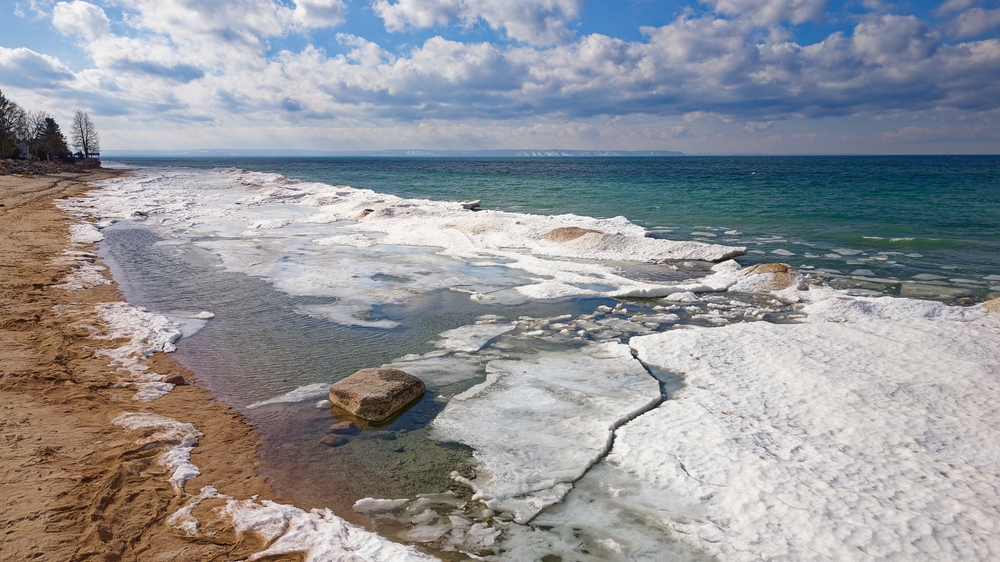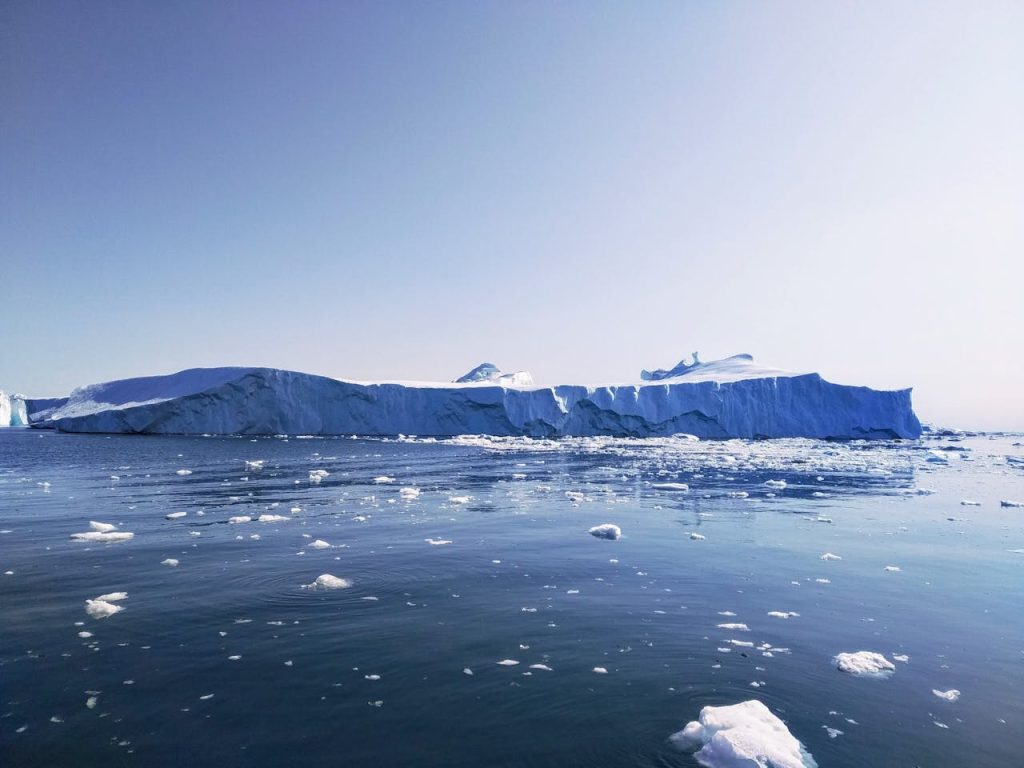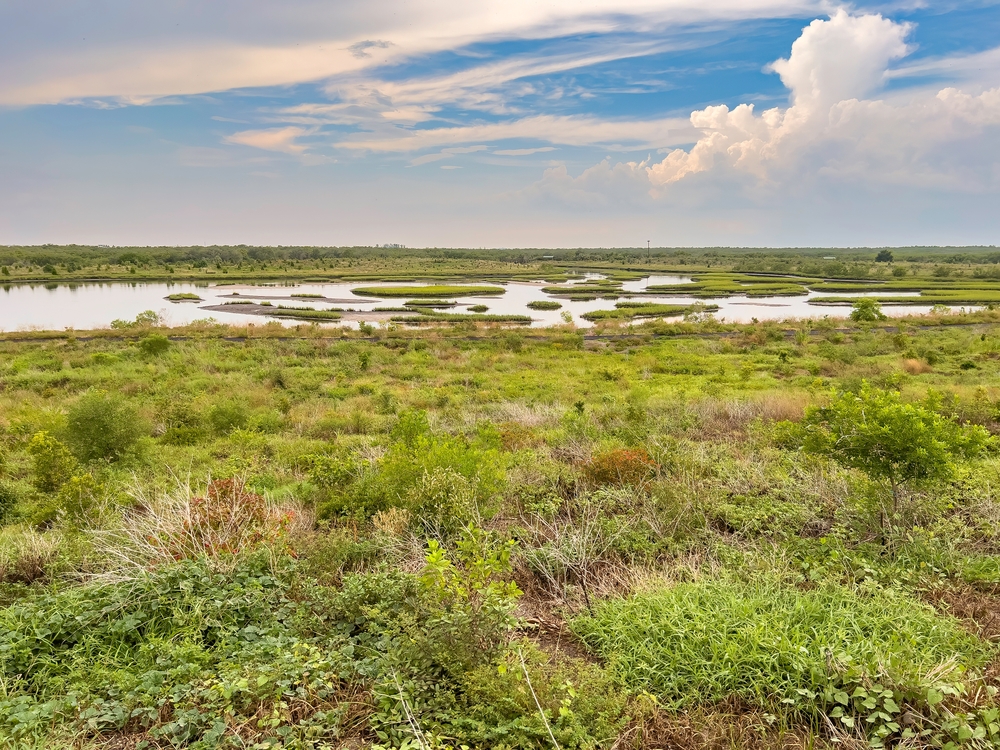Your cart is currently empty!
Scientists Warn of the Fastest Sea Level Rise in Four Thousand Years Driven by Human Heat

Most of us go through our days without noticing how closely our lives move with the rhythms of the planet. We breathe, we eat, we work, rarely thinking about the air that fills our lungs or the water that passes through our hands. Yet, if we pay closer attention, it becomes clear that the world around us is changing in quiet but undeniable ways. The winds feel warmer, the rain heavier, the seasons more uncertain.

Scientists say the oceans are rising at a rate unseen in thousands of years, a signal that something fundamental is shifting. But this story is about more than melting ice or changing coastlines. It is about the connection we once had with the Earth and the one we are being asked to rebuild. The question is not just what is happening to the planet, but what it is trying to tell us before we drift too far from its rhythm.
When the Water Began to Remember
For most of history, the oceans have been steady companions. Their tides moved with predictability, their levels changing only slightly through the centuries. That balance, scientists say, has now shifted. A study published in Nature led by Yucheng Lin of Rutgers University, together with Australia’s national research agency, found that global sea levels have been rising by about 1.5 millimeters each year since 1900. That may seem small, but it represents the fastest sustained increase in at least four thousand years. “The global mean sea level rise rate since 1900 is the fastest rate over at least the last four millennia,” Lin said.

What makes this discovery extraordinary is how quickly it has happened. For thousands of years, the ocean’s rhythm changed slowly, in step with natural climate shifts. Now, within the span of a few generations, that rhythm has accelerated. As the oceans absorb more heat, water expands, and melting glaciers and ice sheets add enormous volumes to the sea. Scientists such as Lin and his colleague Robert Kopp describe this as a clear reflection of human influence. The change is not random; it shows how deeply energy use and industrial growth have reshaped the planet’s systems.
The effects are already visible along coastlines and in communities that depend on them. Cities once considered safe now face flooding, erosion, and saltwater intrusion. Yet beneath the rising tide lies a quiet reminder. The sea is not our enemy; it is a reflection of the choices we make. It reminds us that the balance between humanity and the natural world can shift in either direction, and that recovery begins when awareness turns into care.
The Ocean’s Hidden Timeline
Beneath the surface of the world’s oceans lies an ancient archive. Every coral reef, mangrove root, and layer of sediment carries a fragment of the planet’s history. When Yucheng Lin and his international team of scientists studied these formations, they uncovered a detailed account of how sea levels have changed since the last major ice age more than twelve thousand years ago. Their study published in Nature compiled geological data from reefs, sediments, and peat layers across the globe, tracing the ocean’s gradual evolution through time. Each layer marked a moment when the Earth adjusted, cooled, or warmed, offering a long view of stability that endured for millennia.

By comparing these natural records with modern satellite and tide gauge data, the researchers observed something striking. The pace of change that once took centuries now unfolds within a few generations. As the oceans absorb more heat, they expand, while melting glaciers and ice sheets add tremendous volumes of fresh water. “Getting warmer makes your ocean take up more volume,” Lin explained. “And the glaciers respond faster because they are smaller than the ice sheets, which are often the size of continents.” This new rhythm reveals that the slow, predictable balance that guided the Earth for thousands of years has shifted.
The findings confirm that today’s transformations are not regional variations or temporary cycles; they are global and lasting. The consistency of evidence across different regions strengthens what scientists have long suspected: the climate’s natural tempo has been altered by human activity. More than a study of water and rock, this research connects the modern age to the deep past, showing how our actions now will be recorded in the planet’s layers for those who come after us. It is a reminder that history is not just something we study; it is something we are still creating.
Learning to Live with the Rising Tide
Along the world’s coastlines, the response to rising seas has become a test of both science and resilience. Cities built on soft delta soil, such as Shanghai, Shenzhen, and Hong Kong, are facing the combined pressure of subsiding land and climbing water. According to Yucheng Lin, who led the Nature study, “Shanghai now is not sinking that fast anymore. They recognized the problem and started regulating their groundwater usage.” By reducing groundwater extraction and reinjecting water into underground aquifers, the city has slowed its rate of sinking, showing that thoughtful management can make a measurable difference.

This example offers hope at a time when global coastlines are under strain. Regions like New York face similar risks, where natural subsidence amplifies the effects of rising seas. These cities are vital to international trade and supply chains, yet their vulnerability underscores how deeply modern life depends on stable coastal systems. Scientists warn that even small increases in sea level can have major consequences for low-lying regions, particularly in areas where infrastructure and agriculture intersect. The challenge is no longer about prevention alone; it is about adaptation.
Communities worldwide are beginning to respond with a mix of engineering and ecological solutions. Some are restoring mangrove forests to buffer against erosion, while others are investing in floating architecture and flood-resilient agriculture. These efforts reflect a broader understanding that humanity must learn not only to protect the land but to live in harmony with water itself. Rising seas are changing coastlines, but they are also teaching us that survival now depends on cooperation with nature, not control over it.
When the Sea Moves Inland
The impact of rising seas reaches far beyond the coastline. As ocean waters continue to rise, saltwater is seeping into freshwater aquifers, the underground sources that provide drinking water and nourish farmland. Scientists refer to this process as saltwater intrusion, and it is quietly altering ecosystems and human lives across the globe. In several coastal regions of Asia, including the deltas of China, researchers have documented an increase in groundwater salinity as the sea gradually advances inland.

Communities that depend on these freshwater reserves are already feeling the consequences. Wells that once produced safe drinking water now yield brackish water that affects both health and agriculture. Farmers who rely on irrigation are finding that crops such as rice and wheat, which are particularly sensitive to salt, struggle to survive in affected soil. This gradual change threatens food security for millions of people who depend on coastal farmland. Similar patterns are emerging in other regions of the world, including areas of the United States such as Florida and Louisiana, where saltwater intrusion is beginning to disrupt freshwater systems.
The health effects of this phenomenon are significant. Increased salt levels in drinking water have been associated with higher rates of hypertension and kidney problems, especially in populations that already face limited access to medical care. The concern lies in its slow and steady progression, often unnoticed until wells and fields can no longer be restored. Addressing this challenge will require both scientific and community-based responses, including sustainable groundwater management, improved water infrastructure, and agricultural innovation. The sea may be rising at the edges, but its influence is reaching deep into the heart of human survival.
The Tide That Connects Us All
Every rise in sea level tells a story of connection. The same warmth that expands the oceans moves through the air we breathe and the soil that grows our food. What we are witnessing is not a distant environmental crisis but a reflection of how deeply human life is woven into the planet’s natural systems. Scientists like Yucheng Lin have shown that the changes unfolding today are faster than anything the Earth has seen in four thousand years, yet they also remind us that this story is not without hope. Knowledge is not only power; it is the beginning of restoration.

Our choices, from the energy we use to the food we grow and the communities we protect, shape the future of these waters. The rising sea is not simply a warning; it is an invitation to awareness. It calls us to remember that the line between nature and humanity has always been an illusion. The ocean, the air, and the land do not exist apart from us. They are us. And in that truth lies the possibility of balance once more, not through control, but through care.
